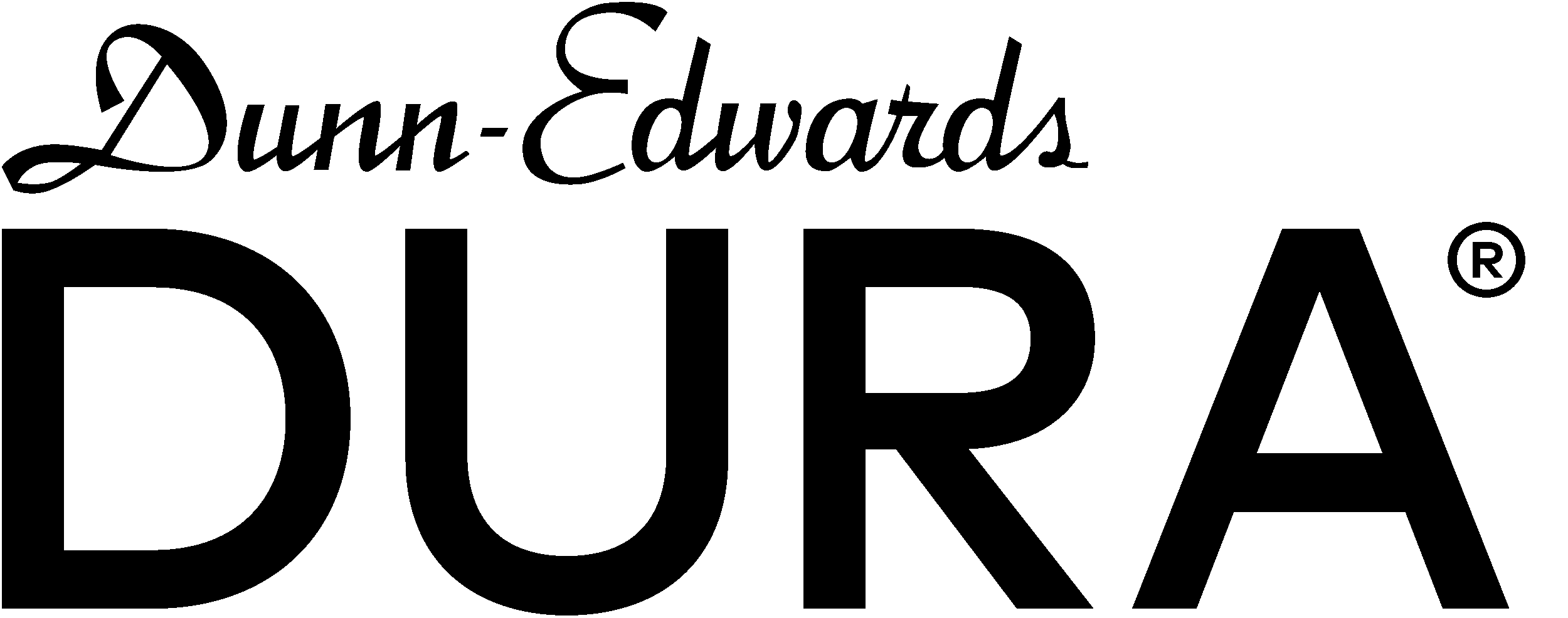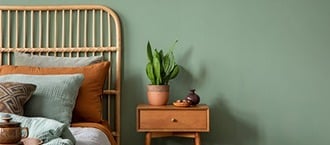When it comes to paint colors, many people equate the word ‘neutral’ with safe and boring. And while it’s true that when compared to hot pinks and other bold choices, neutrals are a low-risk color proposition, and the broad range of neutral options makes it easy to create a compelling palette that’s timeless and tasteful.
Making nuanced neutrals work for you
Most neutrals are variations of beige, gray, white, cream and taupe, but all neutrals have undertones that influence how a color will look against other colors. These subtle hues can range from blue, yellow and green to red and brown. The challenge is that, even subtle competing undertones can make so-called ‘safe’ neutrals all kinds of wrong.
When considering neutrals, be sure to pay attention to the undertone of the color you’re choosing, as well as existing elements in your space. This includes countertops, sofas, headboards, carpets, window dressings and artwork. If you have competing undertones, the resulting look will feel disjointed or ‘off.’
What’s my undertone?
To determine the undertone of a neutral, try one of these two techniques
- Place your color chip on a pure-white piece of paper, which will help to emphasize the undertone.
- Compare 3" x 5" Color Cards of similar hues side by side to reveal the undertones of each.
While your undertones don’t have to be matchy-matchy, you want the hues to work together so there’s a cohesive feel to the finished space.
Creating color cohesion with neutrals
There’s a reason—actually, LOTS of reasons—that year in and year out, neutrals are so popular.
The first is that neutrals are easy for your eye to process. That ease extends to how the color makes you feel. The lack of vibrancy and saturation tends to create a restful, inviting energy.
That works in virtually every style of architecture and room in the home. Stucco Tan (DE6205), Crisp Muslin (DE6212) and Sandcastle (DEC740) all capture the relaxed nature of neutrals.
Second, neutrals play well with others. They can blend into the background and allow other features to take center stage. Or they can work in tandem with other neutrals to create a unified, calm space without feeling flat. Neutrals like Birchwood (DEC752), Desert Suede (DE6206) and Bison Beige (DEC750) work equally well as understated backdrops or as an integral part of a well-curated palette.
Third, ever the calming voice in the room, neutrals have the ability to tone down powerful colors or exuberant patterns. Best of all, should you ever tire of that colorful sofa or carpet, the right neutral could welcome its replacement with ease.
Finally, the appeal of neutrals is virtually universal and timeless. While not everyone will be a fan of your aunt’s coral powder room, you’d be hard-pressed to find someone who bristles at a space finished in Dry Creek (DE6122) or Pigeon Gray (DE6214). In fact, an overwhelming majority (98%) of real estate agents agree that neutral color schemes are the most popular with buyers.
But even if you’re not looking to sell your home, neutrals are the natural choice for making the most of your home’s potential and appearance for years to come.
For more examples of neutrals at play in different homes and settings, visit the Dunn-Edwards DURA Instagram and Pinterest pages.
To take a deeper dive, you can meet online with one of our Color Influencers to get expert advice on your toughest color dilemmas and learn more about our products and sampling options, or get started with our paint color quiz.




















Leave a comment